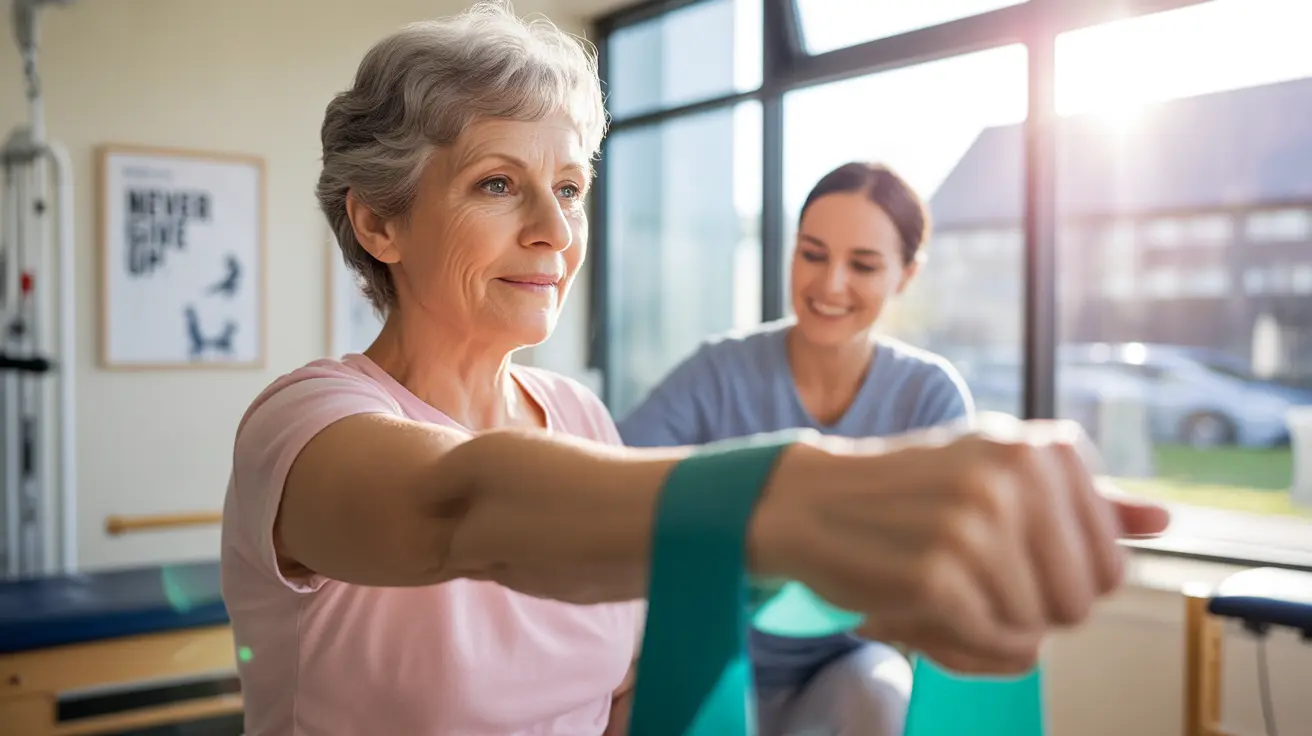Experiencing a stroke can lead to significant changes in physical and cognitive function, affecting daily life in various ways. Understanding post-stroke symptoms and their management is crucial for both stroke survivors and their caregivers to optimize recovery and improve quality of life.
This comprehensive guide explores the common symptoms that occur after a stroke, effective management strategies, and available therapies to support recovery. By understanding what to expect and how to address these challenges, stroke survivors can better navigate their path to rehabilitation.
Common Physical Symptoms After a Stroke
Stroke survivors often experience a range of physical symptoms that can vary in severity depending on which area of the brain was affected. Common physical symptoms include:
- Muscle weakness or paralysis (typically on one side of the body)
- Balance and coordination difficulties
- Speech and swallowing problems
- Vision changes or loss
- Numbness or tingling sensations
- Headaches
- Difficulty with fine motor skills
The location and extent of brain damage determine which symptoms manifest and their severity. While some symptoms may improve quickly, others might require longer-term rehabilitation and management strategies.
Managing Post-Stroke Fatigue and Weakness
Post-stroke fatigue is one of the most common and challenging symptoms to manage. This overwhelming tiredness can significantly impact recovery and daily activities. Effective management strategies include:
- Establishing consistent sleep schedules
- Planning activities during peak energy periods
- Taking regular, scheduled rest breaks
- Gradually increasing activity levels
- Working with physical therapists to build strength and endurance
It's essential to find a balance between rest and activity, as both are crucial for recovery. Healthcare providers can help develop personalized strategies to manage fatigue while maintaining progress in rehabilitation.
Emotional and Cognitive Changes
Post-stroke depression and cognitive changes are significant challenges that require attention and proper treatment. Common emotional and cognitive symptoms include:
- Depression and anxiety
- Mood swings
- Memory problems
- Difficulty concentrating
- Changes in personality
- Problems with executive function
Mental health support, including counseling and medication when necessary, plays a vital role in recovery. Cognitive rehabilitation exercises can help improve memory and thinking skills over time.
Recovery Timeline and Rehabilitation
The recovery timeline after a stroke varies significantly among individuals. While most significant improvements occur in the first few months, recovery can continue for years with proper support and rehabilitation. Key factors affecting recovery include:
- Severity and location of the stroke
- Age and overall health
- Access to rehabilitation services
- Consistency with therapy programs
- Support system strength
Early intervention and consistent participation in rehabilitation programs typically lead to better outcomes. It's important to maintain realistic expectations while staying committed to recovery goals.
Therapeutic Approaches and Support Systems
A comprehensive rehabilitation plan typically includes various therapeutic approaches:
- Physical therapy for mobility and strength
- Occupational therapy for daily living skills
- Speech therapy for communication and swallowing
- Cognitive rehabilitation therapy
- Alternative therapies like acupuncture or music therapy
Success in recovery often depends on having a strong support system and access to appropriate resources. Working with a coordinated team of healthcare providers ensures comprehensive care addressing all aspects of recovery.
Frequently Asked Questions
What are the most common physical symptoms after a stroke?
The most common physical symptoms include muscle weakness or paralysis (particularly on one side), balance problems, speech difficulties, vision changes, and problems with coordination and fine motor skills.
How can post-stroke fatigue and weakness be managed during recovery?
Post-stroke fatigue and weakness can be managed through structured rest periods, gradual increase in activity levels, regular physical therapy, and maintaining a consistent sleep schedule. Working with healthcare providers to develop a personalized management plan is essential.
What are the signs of post-stroke depression and how is it treated?
Signs of post-stroke depression include persistent sadness, loss of interest in activities, sleep changes, and feelings of hopelessness. Treatment typically involves a combination of counseling, antidepressant medications, and support group participation.
How long does it typically take to recover from physical and cognitive symptoms after a stroke?
Recovery timelines vary significantly among individuals, but most significant improvements occur in the first 3-6 months. However, recovery can continue for years with proper rehabilitation and support. The severity of the stroke and early access to rehabilitation services greatly influence recovery time.
What therapies and support are effective for improving balance, speech, and memory after a stroke?
Effective therapies include physical therapy for balance, speech therapy for communication problems, and cognitive rehabilitation for memory issues. A comprehensive approach combining various therapeutic methods, along with consistent practice and support, typically yields the best results.




